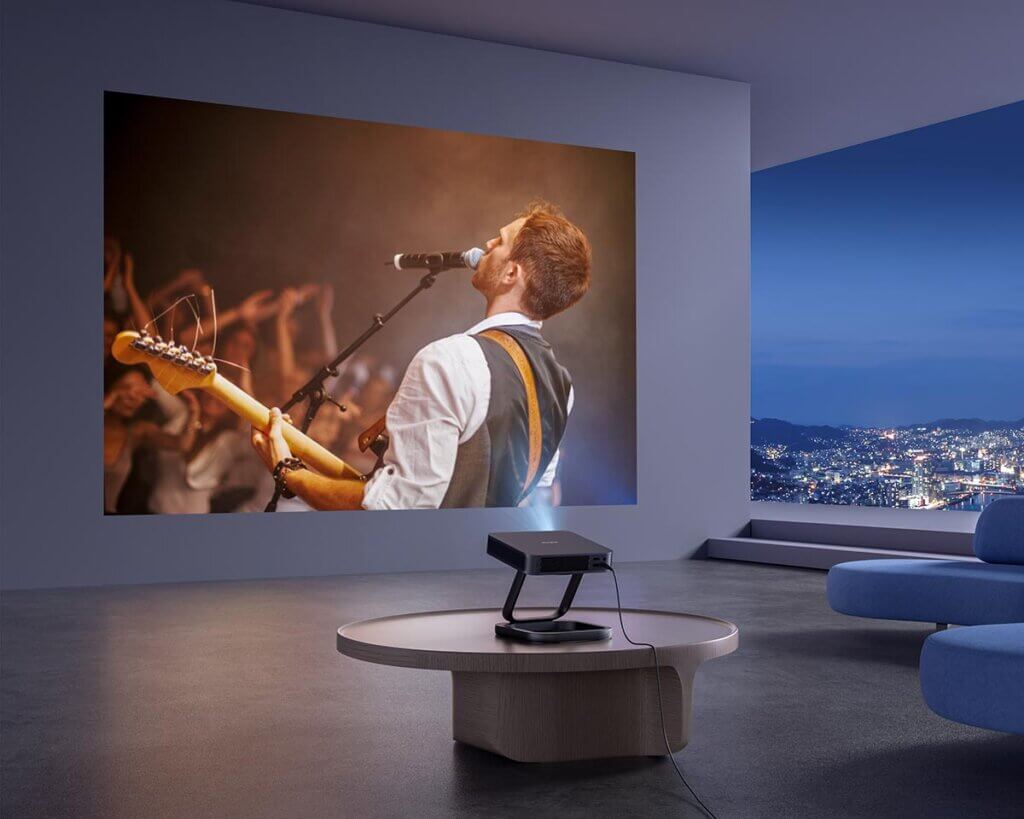Projectors have become indispensable in various settings, from classrooms to home theaters, offering a larger-than-life viewing experience. Have you ever wondered about the intricate workings behind these devices? In this guide, we’ll delve into the mechanics of projectors, shedding light on how they transform digital signals into captivating images on the big screen.
How Does a Projector Work?
At its core, a projector functions as a sophisticated light manipulation device. The process begins with a light source, typically a lamp or LED, producing intense light. This light is then channeled through a series of optical components, such as lenses and mirrors, to refine its quality and direction.
Digital Imaging Technology:
The heart of modern projectors lies in their ability to interpret and display digital content. Two prevalent technologies accomplish this: DLP (Digital Light Processing) and LCD (Liquid Crystal Display).

- DLP Technology:
DLP projectors utilize a digital micromirror device (DMD) chip. This chip consists of thousands to millions of tiny mirrors, each capable of tilting independently. These mirrors reflect light towards or away from the projector’s lens, forming pixels on the screen. DLP projectors are known for their sharp images, high contrast ratios, and minimal pixelation.
- LCD Technology:
LCD projectors, on the other hand, deploy liquid crystal panels to modulate light. These panels act as microscopic shutters, opening and closing to control the passage of light. The three primary LCD panels, each dedicated to a specific color (red, green, or blue), combine to create a full-color spectrum. LCD projectors excel in color accuracy and are often more budget-friendly.

Light Modulation and Projection:
Once the digital signal is processed by the chosen imaging technology, the resulting modulated light passes through a final set of lenses. These lenses focus and magnify the light, directing it towards the projection surface, whether a screen or wall.
Understanding how a projector works empowers users to make informed choices when selecting a device for their specific needs. Whether for professional presentations, immersive home entertainment, or educational purposes, the right projector can significantly impact the viewing experience.
In Conclusion:
Projectors have evolved into versatile tools, blending advanced technology with optical precision. From the initial generation of light to the projection of vibrant images, each step in a projector’s operation contributes to the overall visual spectacle. As technology continues to advance, we can expect even more innovations in the world of projection, enhancing the way we perceive and interact with digital content.




